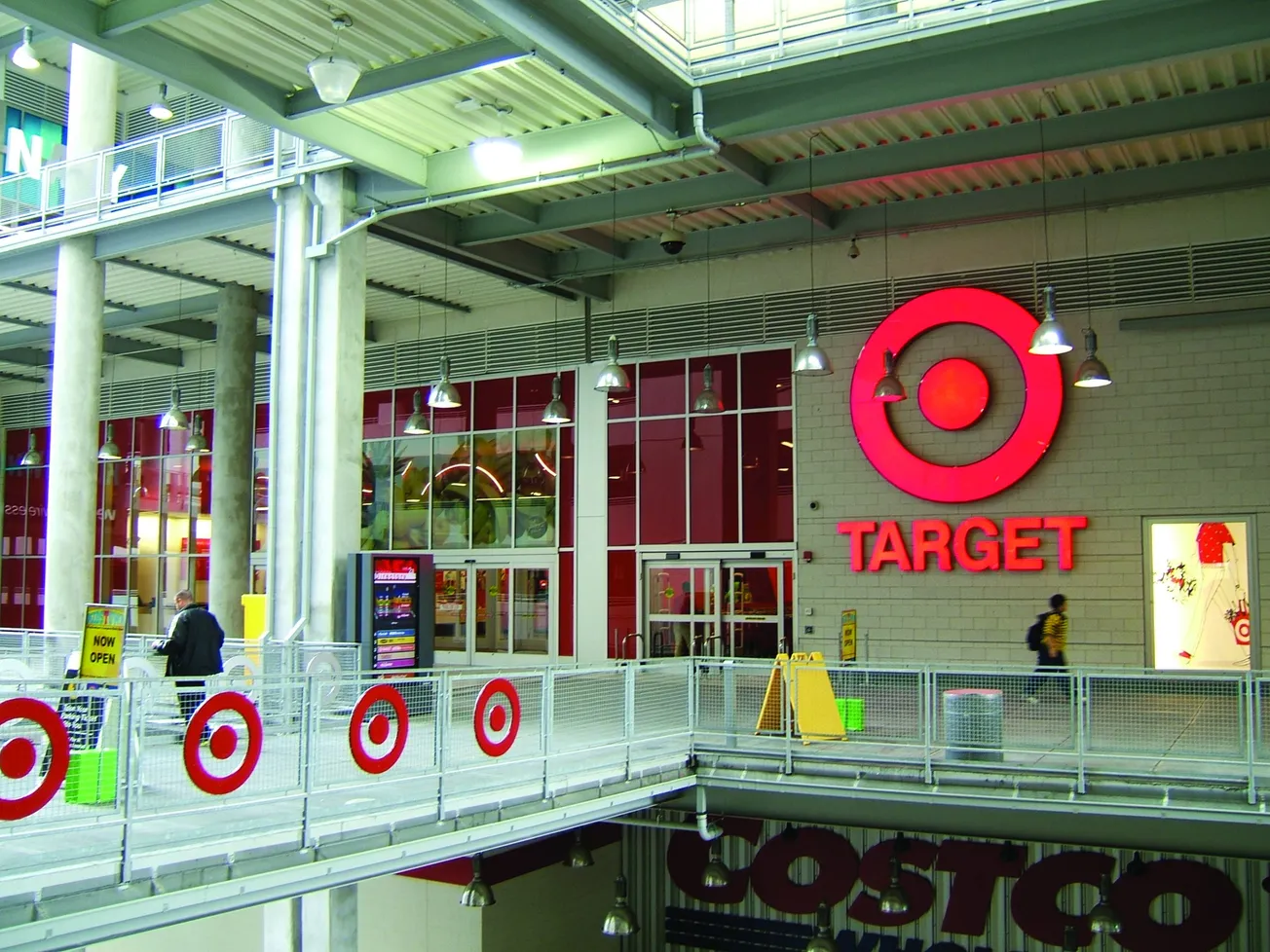The announcement that Target will shutter nine stores in four major metropolitan areas later this month — due to safety concerns related to theft and organized retail crime — is another red flag for the industry as a whole. The pending store closures (one in New York City, two in Seattle, and three each in San Francisco and Portland, Ore.) are a response to rising levels of crime that endanger shoppers and staffers, while at the same time undermining the viability of Target’s business at those locations.

Rising retail crime has prompted Target to close nine stores.
The company indicates that the decision to close the stores was made only after a wide variety of measures designed to address the problem were implemented and fell short of the mark. Steps taken included hiring additional security personnel — both employees and members of third-party services — and the deployment of a range of anti-theft devices, including, in some cases, locking up merchandise. Tacitly acknowledging the inconvenience that the closure of the stores represents for consumers in those communities, the retailer points out that it still has more than 150 outlets in the affected markets, as well as the ability to serve shoppers via Target.com.
The challenges that theft and other crimes pose for retailers is illustrated by recent incidents on two consecutive nights in Philadelphia. Following the dismissal of charges against a former police officer involved in a fatal shooting and a subsequent peaceful protest, groups of young people ransacked a number of retail outlets operated by large chains, including Lululemon and Apple, as well as mom and pop stores in the City Center neighborhood. The “bunch of criminal opportunists,” as the group was designated by acting police commissioner John Stanford, represented a threat to the safety of people and set back the performance of the stores that were looted.
The economic toll that retail crime takes on the industry and, by extension, society as a whole, is growing. A new report by the National Retail Federation states that, when taken as a percentage of total retail sales, shrinkage accounted for $112.1 billion in losses in 2022, up from $93.9 billion a year earlier.
“Retailers are seeing unprecedented levels of theft coupled with rampant crime in their stores, and the situation is only becoming more dire,” comments David Johnston, NRF’s vice president for asset protection and retail operations. “Far beyond the financial impact of these crimes, the violence and concerns over safety continue to be the priority for all retailers, regardless of size or category.”
Based on a survey of members from across the retail spectrum, the report highlights the adverse impact of organized retail crime.
Sixty-seven percent of respondents indicated they’re seeing higher levels of violence and aggression from that source.
The consequences of retail crime are significant: 28% of merchants participating in the study were forced to close at least one store location, 45% cut operating hours, and 30% scaled back or altered product assortments.
Retail crime is slowly but surely recasting the in-store experience to the detriment of both merchants and their customers. Shopping, which many people — depending on the category — are accustomed to viewing as a pleasurable activity is now often accompanied by a degree of annoyance or even apprehension. When purchasing such basic, everyday products as mouthwash, laundry detergent or batteries, consumers in urban areas have to seek assistance from store personnel to gain access to what they need.
Locking up products behind Plexiglas creates an inconvenience for time-pressed shoppers and a burden on store associates. As frustration continues to mount on both sides of the checkout counter, in-store shopping becomes less and less attractive, and retailers find it increasingly difficult to recruit and retain frontline workers. The diminution of the store experience poses a long-term threat to the primacy of brick-and-mortar retailing. Unless something is done about retail crime, more consumers will begin to ask, why go through the hassle of shopping in person when products can be delivered, sometimes on a same-day basis, directly to the home or office?
Bringing retail crime levels down to tolerable levels and ensuring a safe store environment for workers and customers will require a multifaceted approach. Stepped-up efforts on the part of retailers must be augmented by changes in law and a commitment to tougher enforcement. It’s too often the case today that perpetrators of retail crime, many of them repeat offenders, receive a slap on the wrist. The only way to stem the tide is to ensure that wrongdoers know their actions will have meaningful consequences. If criminals are allowed to retain a sense of impunity, the problem will continue to worsen, to the detriment of merchants and the consumers they strive to serve.









